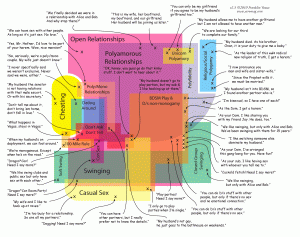The Batman is the greatest superhero because he is only flesh and blood. He can not bend steel, fly, or run faster than a speeding bullet. But he is driven by the senseless murder of his parents to stand up against crime. By donning his mask, the Batman become more than a man. He becomes a beacon of hope, a symbol of the resistance.
It doesn’t hurt that his alter ego Bruce Wayne is a billionaire genius with unlimited technological resources. So in honor to his humanity, I present a list of the best Bat-Tech, which allows the Batman to do what he does best: strike fear into the hearts of criminals.
4) The Batsuit and Utility Belt:
It all starts with the Batsuit. It transforms Bruce Wayne into a symbol that frightens him. And as he says in Christopher Nolan’s Batman Begins, “It’s time for the criminals of Gotham to share his dread.”
Nolan’s Kevlar Batsuit has real world technology (and a little fantasy) woven into it.
Exhaustive lists of the gadgets stuffed into the Batman’s utility belt exist, but here are some of my favorites: The iconic Batarang, grappling gun, nerve-gas ampules, thermite mini-grenades, and the Bat-Credit card.
3) Batcave:
What good is a hero without a lair, a haven, somewhere to heal and decide your next heroic action? Enter the Batcave.
The Batcave is jammed with crime fighting instruments. Including one of the world’s most powerful the machines, the Bat-computer or “Dupin”.
2) Bat-vehicles:
The Batcave also functions as a garage for a fleet of bat-inspired vehicles. There’s, of course, the Batmobile. My favorite Batman conception is Frank Miller’s The Dark Knight Returns, where imagines the Batmobile as a nearly indestructible tank.
There’s also the Batcopter, Batcycle, Batboat, and the Batwing.
1) Scientific skepticism and dedication:
What good is all this technology if you don’t understand how to use it?
The Batman combines a constant skepticism with his vast intellect to be the world’s greatest detective and crime fighter.
Like many scientist Batman is absolutely dedicated to his profession (some critics might say obsessed or crazy ). But it is his dedication, technology , and dramatics that allow him to transcend his “flesh and blood” to be “incorruptible… be everlasting… something elemental, something terrifying”
All images, videos, and Bat-realted ideas are property of DC Comics













